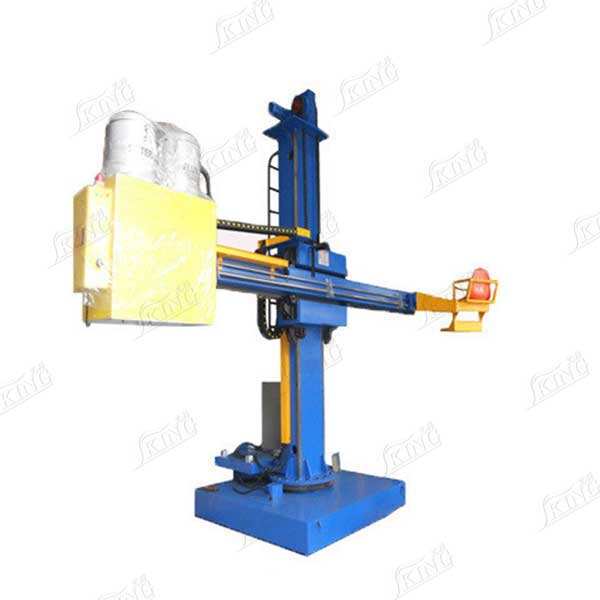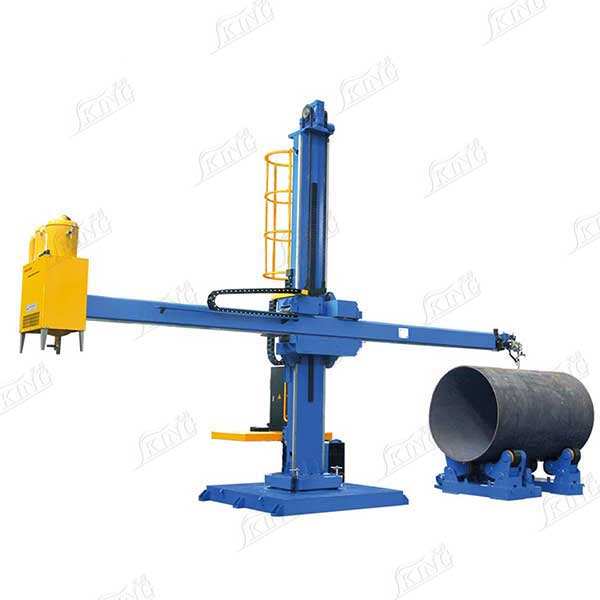column welding for large projects
Column welding for large projects represents a critical industrial process that ensures structural integrity in massive construction endeavors. This specialized welding technique involves joining vertical support columns and beams using advanced welding technologies and methodologies. The process combines precision engineering with state-of-the-art welding equipment to create robust, durable connections essential for large-scale structures. Modern column welding employs various methods, including flux-cored arc welding (FCAW) and submerged arc welding (SAW), depending on project specifications. These techniques ensure optimal penetration and strength in the weld joints, crucial for maintaining structural stability. The process requires careful preparation, including material cleaning, proper alignment, and pre-heating when necessary. Quality control measures, such as non-destructive testing and visual inspections, are integral parts of the welding procedure. Column welding finds extensive applications in skyscraper construction, industrial facility development, bridge building, and other large infrastructure projects where structural integrity is paramount. The process must comply with strict international standards and building codes, ensuring safety and reliability in the final structure.


